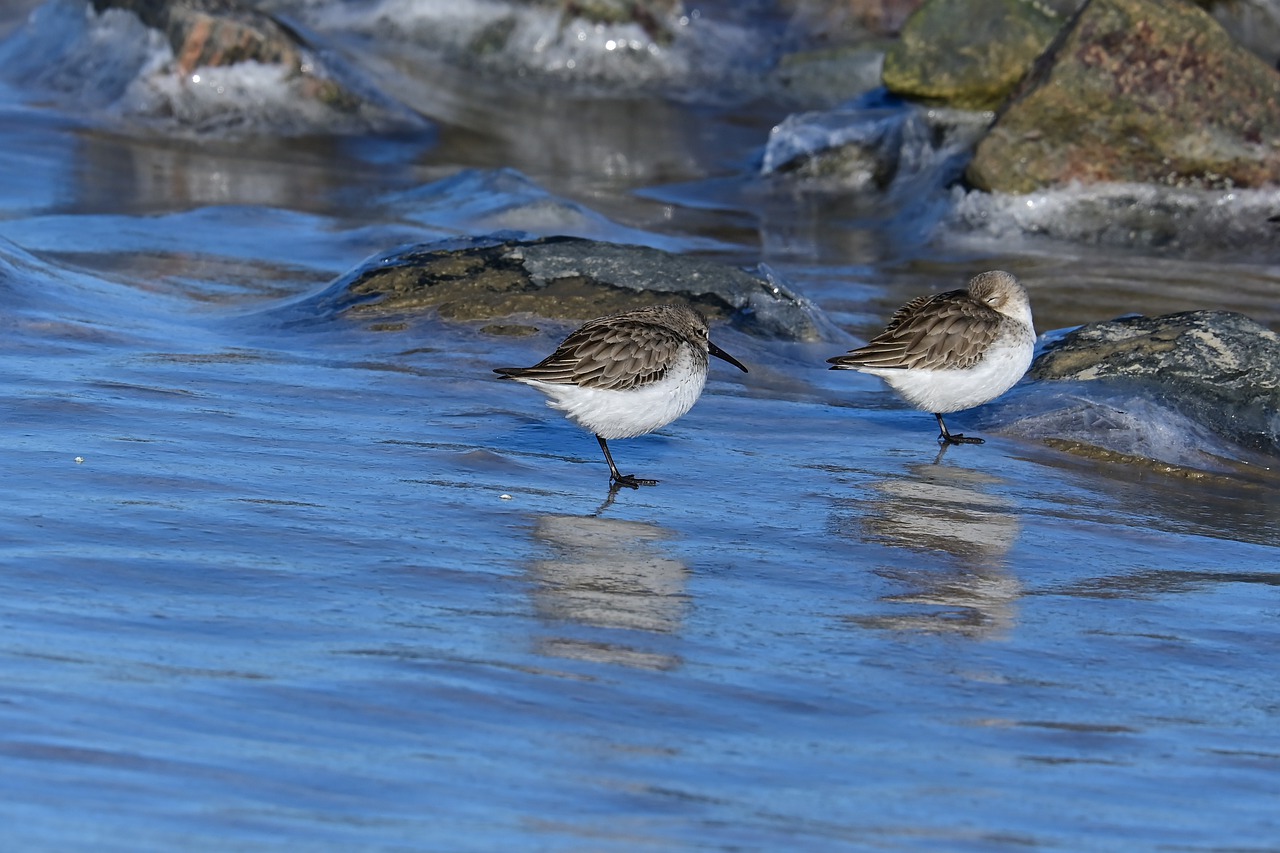Distribution, reproductive success, and population trend in the Dunlin Calidris alpina schinzii on the Swedish west coast
DOI:
https://doi.org/10.34080/os.v1.23094Keywords:
population studies, predation, grazing, breeding biology, threatsAbstract
In 1989, the breeding population of the Dunlin in the provinces of Bohuslän and Halland on the Swedish west coast was surveyed. The total population size was estimated at a maximum of 44 pairs. The number of breeding pairs has declined during the 1980s and the population has been restricted to about 10 localities; 55% of the total population occurred at two sites. At two of the surveyed localities, hatching success varied considerably among years, reflecting variation in nest predation rate. An experiment with dummy nests suggested that vegetation height, and thus protective cover, does not influence the probability of predation. On average, 0.8 and 1.0 fledglings per pair were produced at the two localities. Estimates of maintenance of population size in one study area indicated that this subpopulation was not self-supporting, apparently due to low hatching success. No clear relationship was found between moderately decreased grazing intensity and the decline of the population during the last decade. In addition to habitat alterations, other factors seem to affect the population trend of the Dunlin on the Swedish west coast. The small population is vulnerable to unpredictable events, such as temporarily increased nest predation.
Downloads

Downloads
Published
How to Cite
Issue
Section
License
The copyright of each contribution belongs to the author(s), but all contributions are published under a Creative Commons license, so that anyone is free to share and reuse the contribution as long as the copyright holder is attributed.







